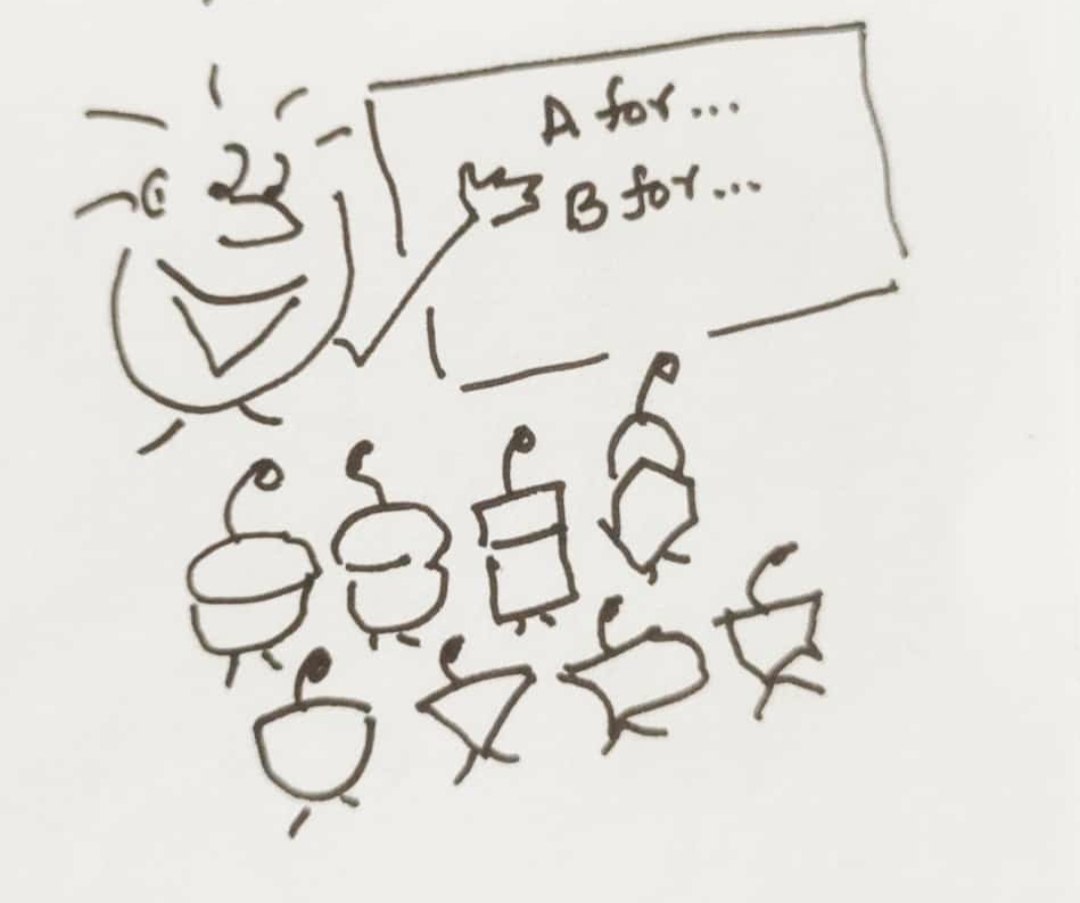Trending Now
- 830 voters names go missing in Kavundampalayam constituency
- If BJP comes to power we shall consider bringing back electoral bonds: Nirmala Sitaraman
- Monitoring at check posts between Kerala and TN intensified as bird flu gets virulent in Kerala
Education
Honing communication skills should start from school
![]() November 15, 2018
November 15, 2018
Communication key components of 21st century skills that needs attention in terms of research like other ones such as creativity and critical thinking. The focus in education is on teacher-to-student communication or teaching communication as a subject in colleges. Often communication is taken as default and often seen as a process that happens on the go.
Education institutions can develop general communication by creating opportunities and allowing students to express without being judged. This has to start through life skills programmes from the time a child steps into school. According to Edify Schools CEO Kavita Jain, “Children go to school because they would like to know what they otherwise wouldn’t have known. When a child stands up and makes a point with uncertainties, its the responsibility of teacher to accept the communication, not necessarily the technicalities. If that happens, it is the first ability of the child’s communication to begin.” This step could also lead to critical thinking skills.
Communication has to be a way of life, that is imbedded in every subject in school. Schools need to lay focus on developing strategies to develop communication skills. Will a strategy of introducing communication skills as a mathematics that has a definite outcome makes sense? If schools do not believe communication skills as a subject or see it as a standalone, they seem to take away the essence of communication as integration. For example, if a teacher who teaches mathematics asks students – without using the word ‘to add’, how else one could frame a sentence for 2 + 2? Various possible sentences are ‘how do I sum up’, ‘how do I progress from 2 to next number’ without using ‘add’.
The challenge of following a book is like having a protocol. For example, most of us would answer ‘A’ for apple. Aren’t there several other words, for A? Following communication as a subject can restrain one from knowing other words like 2 + 2 cases. As rightly put by, Harvest International School Principal Dr Dakshayini Kanna: “Focus of several educational institutions has been science and mathematics. This has reflected in HRD reports of 2,000 students leaving IITs without completing their courses between 2012 – 2015.”
Among several reasons identified are understanding the common language of communication and ability to communicate in English. Such alarming statistics can tell a tale of need and the process of communication. A communication is a combination of verbal and non-verbal for a child from the beginning.
To address such problems of integrating communication – can technology salvage and bridge the issue? How does it sound on replacing chalk and talk method with technology tools? Such replacement might take way the skills of writing by usage of voice to text tool.
One could lose the ability and art of writing and this can affect the creative outcomes. However, Oakridge International School in Hyderabad principal Arjun Rao feels schools must be reflections of societies preparing citizens for the future. The chalk and blackboard have to go the way of past technologies like cassettes and the Walkman.
But Kavita thinks there is a need of mind shift among teachers to accept technology. To bring this change there is a need for technology-trained facilitators to help teachers. A sense of ‘ease of working’ to be proven rather than seeing it as ‘add on work’ for teachers. This mindshift is the first task for technology-trained facilitators.
The challenges of completely relying on technology is like relying on chalk or a textbook that could limit social interaction, curiosity and imagination. For example, a child learning photosynthesis through a video might lack observation skills as the same learning could have happened in nature.
Introduction and usage of technology has a space for example as things that cannot be seen bare eyes are a boon. For example, the way the heart functions. Technology can help deliver information at faster than otherwise. Just following video with no debate and discussion is like drawing individual conclusion of learning.
Dr Dakshayini thinks future schools in India are going to be paperless where children will have access to laptops or tabs in the classroom. “As teachers and facilitators, it is our responsibility to teach etiquette in usage of technology. It’s no more of simply recognising that digital literacy is no longer a must-have for all children.”
There lies a real work before educators and parents to help children learn how to apply communication skills. Otherwise, one would miss creating an experience through technology to restore the past and build a future. For example, Peter Jackson, director of ‘ Lord of the Rings’ movie has successfully brought life in the First World War in a documentary through rare original footages that are colourised and transformed with modern production techniques. It must be an amazing experience for the present generation to hear the unheard voices from the past.
Another aspect of communication is listening. There is a shift from monologue of teaching to facilitate the learning in the classroom. There is a focus on formal listening instruction, training that is required for teachers. As earlier, schools mostly spend several years in teaching students to read and write. Dr Dakshayini sees the shift from the belief of teacher as only a source of information to ease of access to information. The shift is from monologue to not even a dialogue where the child is exposed to a real time and simulated environment to learn.
All these boils down to either have mindshift or curriculum shift, the latter would take care of the former. This way it would pave the path to 21st century skills where the teacher plays a role of facilitator, guide and mentor to build a better future for the generations to come
























